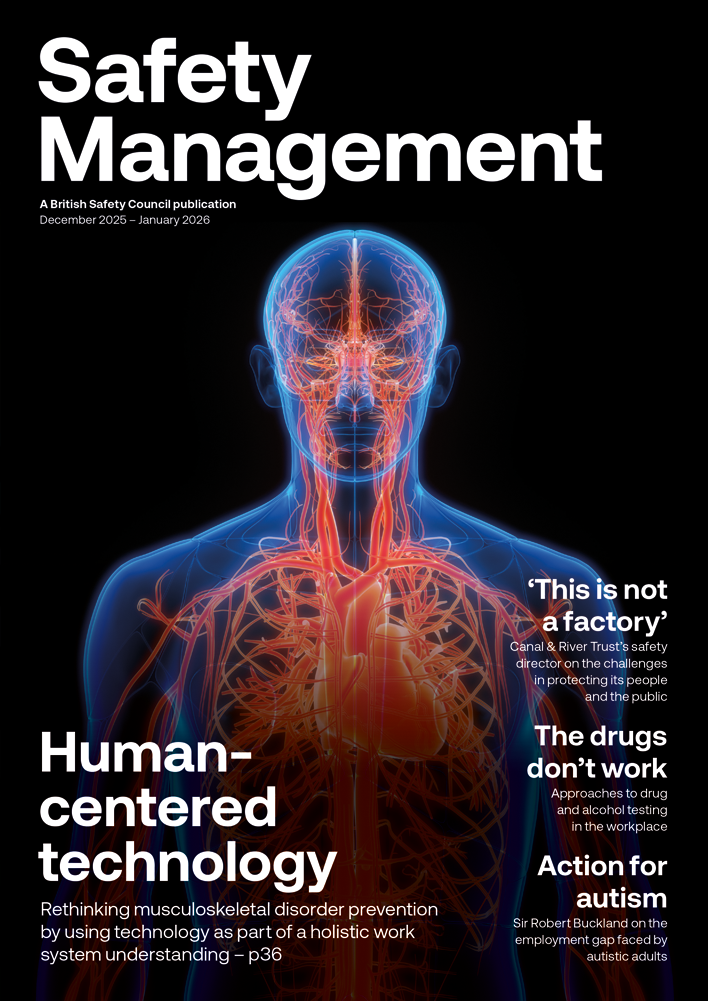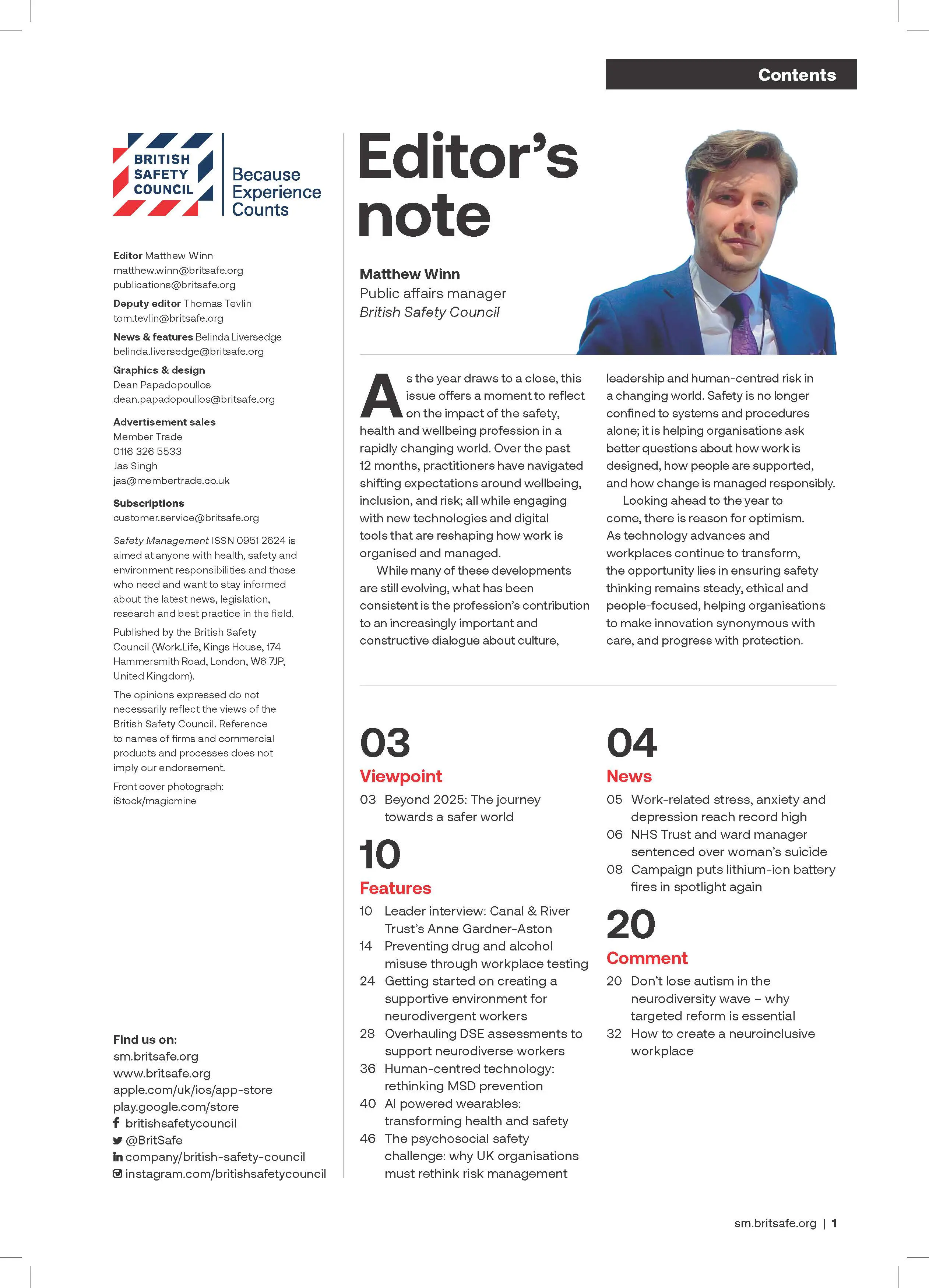Bosses who have to shout at work to get heard may not actually be angry, HSE scientists have said. Instead, they may have a noise problem in their workplace.
News
Try the shout test to protect workers’ hearing
Research by HSE’s Workplace Health Expert Committee (WHEC) on noise induced hearing loss (NIHL) shows around a fifth of the British working population could be exposed to high noise levels while doing their job.
While Britain has seen new cases of occupational deafness drop over the past decade, HSE is urging workplaces to consider the ‘shout test’ to manage noise at work and ways to give workers’ ears a break.
HSE noise expert Chris Steel said: “If you are shouting at work and can’t be heard from two metres away, the chances are there’s a noise issue. Try it out for yourself and see if you can be heard.
“Preserving hearing at work is crucial as noise can cause temporary or permanent hearing damage.
“But there needs to be a balance. While too little noise reduction could cause hearing damage, too much could isolate the worker and lead to accidents.”
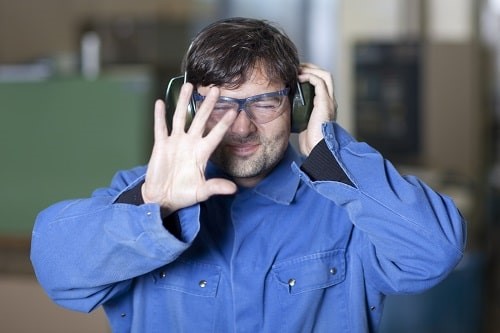 "If you are shouting at work and can’t be heard from two metres away, the chances are there’s a noise issue." Photograph: iStock
"If you are shouting at work and can’t be heard from two metres away, the chances are there’s a noise issue." Photograph: iStock
WHEC’s report says about 20 per cent of the working population in Great Britain could be exposed to high noise levels (>85 dBA).
Statistics on the prevalence of NIHL in Britain is “limited” it says, but workers in the armed services, shipyards, construction, and agriculture are likely to be most affected.
“People often experience temporary deafness after leaving a noisy place like a nightclub or a bar,” Chris Steel continued.
“Although hearing recovers within a few hours, this should not be ignored. It is a sign that if they continue to be exposed to the noise, without an adequate break, their hearing could be permanently damaged. The same applies to noise in a workplace.”
“While the prevalence of occupational noise induced hearing loss has decreased over the last forty years, mostly through noise control technology, the dangers still need to be taken seriously.”
WHEC report here
NEWS
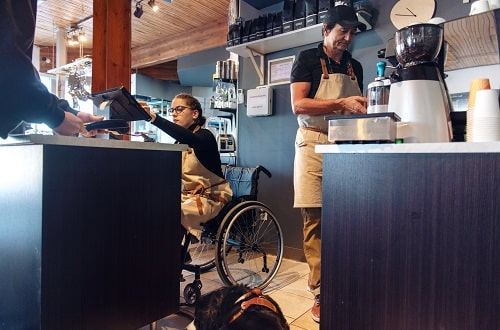
Employment rights bill passes into law, bringing 'work into the 21st century'
By Belinda Liversedge on 24 December 2025
Lawyers have joined unions to hail the passing of the employment rights bill into law as ‘the biggest upgrade on workers’ rights in a generation’.
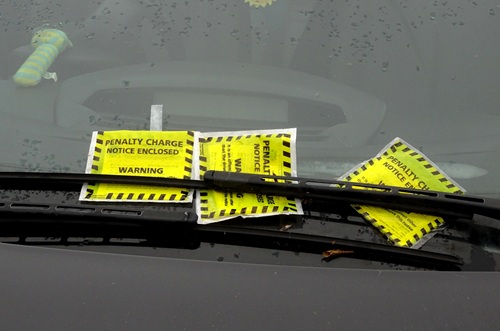
Traffic wardens to work in groups 'for own safety' after facing abuse from drivers
By Belinda Liversedge on 24 December 2025
Traffic wardens in one local council are being sent out to patrol in groups because of threats and abuse.

Buncefield explosion 20 years on: legacy continues to protect people and places, says HSE
By Belinda Liversedge on 11 December 2025
On the day of the Buncefield fire’s 20th anniversary, 11 December 2025, HSE has reflected on the ‘profound changes’ the catastrophic fire has had on the major hazards sector’s management of risk.


